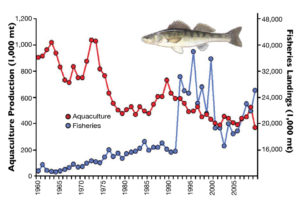
Pike perch in recirculation aquaculture
Although pike perch aquaculture is growing, it still relies on wild breeders, whose spawning is induced by hormone treatment or manipulation of photoperiod and rearing temperature.
In Peru, some wild cockle communities have been so overfished that total fishing bans are being considered. A project was therefore established to develop sustainable spat production as a crucial step toward the implementation of a conservation strategy for blood cockles that fosters social aquaculture and stock enhancement. The project rested on the establishment of protocols for reproduction, larval culture and seeding; development of diagnostic tools for molluscan pathogens and the study of blood cockles’ genetic diversity.

Although pike perch aquaculture is growing, it still relies on wild breeders, whose spawning is induced by hormone treatment or manipulation of photoperiod and rearing temperature.

The toxins from blue-green algae pose a threat to animal health and potentially to consumers if they are present in farmed product. Culture animals that ingest these toxins may not die, but can be weakened, increasing their susceptibility to pathogens.
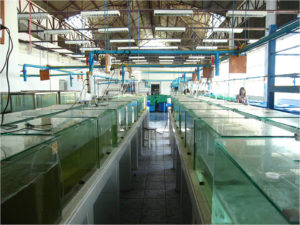
In laboratory tests with white shrimp, feed consumption was 36.5 percent higher at 33 degrees-C than at 29. Growth was similar at both temperatures.
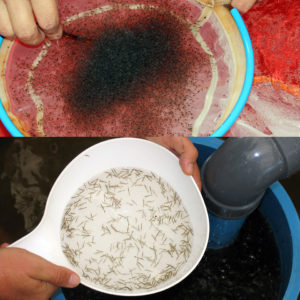
Shrimp aquaculture could improve its position through more accurate and consistent identification and counting of postlarvae.

With relatively low use of land and water, intensive aquaculture systems can support much higher production than extensive systems.
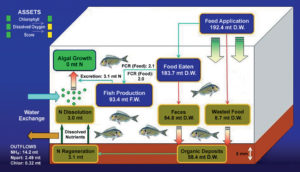
For farmers, computer modeling helps analyze crop production and environmental effects. For managers, it assists with carrying capacity assessments and licensing issues.
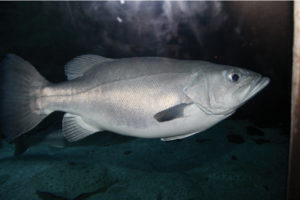
Fast growth and attractive market prices make wreckfish an interesting option among the new species considered for commercial aquaculture.
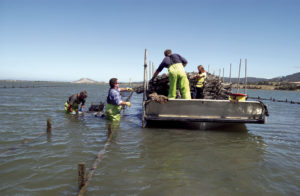
A partnership between CSIRO and the Australian seafood industry has significantly improved the selective breeding of Australian Pacific oysters.
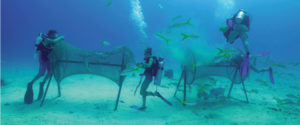
Sharks are predators to warmwater aquaculture that are not stopped by traditional cage nets when they seek the fish contained inside.
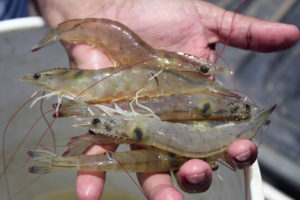
Disease outbreaks in shrimp occur not only due to the presence of pathogens, but also to suboptimal culture conditions and system management.

The authors evaluated the feed passage through the intestines of white shrimp under laboratory conditions. Feed consumption on feed trays was tested four times daily at different temperatures at an intensive culture farm.
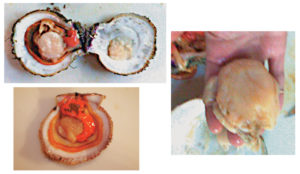
Purple-hinge rock scallops are highly prized by local communities and harvested for subsistence in coastal Alaska. To evaluate the suitability of purple-hinge rock scallops for mariculture in Alaska, the authors conducted a four-year grow-out study.
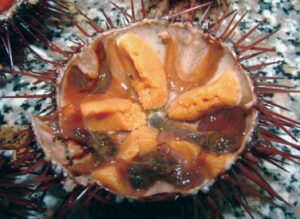
Although researchers in several countries are working to enhance sea urchin fisheries or commercial production, the development of a major commercial industry has been restrained by the lack of cost-effective production technology.
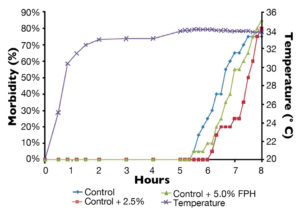
Fish protein hydrolysates are naturally rich in nutrients that can help support aquatic species’ immune defenses in resisting stressors.

To determine origins of White Spot Syndrome Virus and Taura Syndrome Virus in Saudi Arabia, authors performed genotyping studies and found a new genotype in each of the isolates collected.